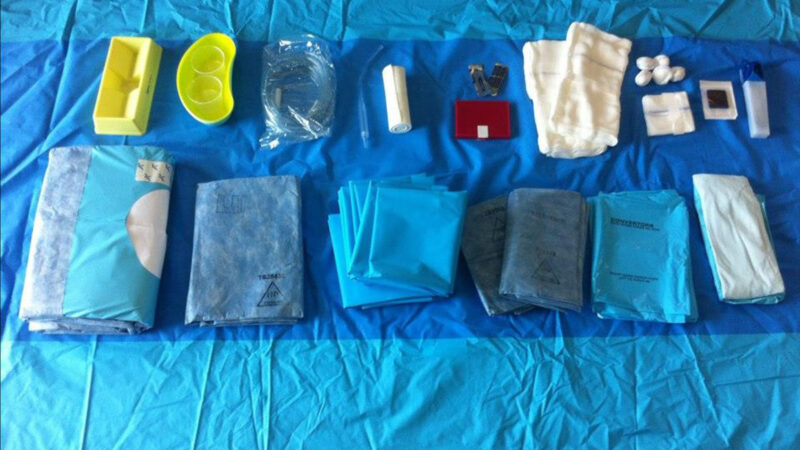Adelaide, South Australia wants to let the secret out, and be known as hub for medical devices, pharmaceuticals, biotechnology, and digital health. It boasts world-class research institutions, such as the University of Adelaide and SAHMRI, fostering innovation and collaboration. The city’s supportive government policies provide incentives, grants, and streamlined regulations for businesses. Adelaide’s skilled workforce, renowned for its expertise in health sciences, offers a talent pool to drive industry growth. Additionally, the city’s strategic location, advanced infrastructure, and strong healthcare ecosystem make it an ideal base for development, manufacturing, and market access, attracting companies in these sectors.
Australian Health Journal spoke to Jo Close, heading the Adelaide arm of MTPConnect about the opportunity its building through its role as the industry growth centre, to help increase commercialisation and collaboration across the sector, optimise the regulatory environment, improving workforce skills and access to markets globally.
One of the companies showing world leading MedTech capabilities arising from Adelaide is Additive Surgical, the first company in Australia to manufacture 3D Printed Titanium novel spinal implant technologies. Its mission is to manufacture the highest quality medical technology in Australia that positively impact the lives of people globally.
Australian Health Journal met with Co-founder and CEO Gibran Maher.
Maher states, “Additive Surgical is committed to supporting Australian innovation and works closely with the Australian clinicians, hospitals, research institutions and universities to innovate and manufacture locally.”
Maher points out the ability to compete is made possible through supportive collaboration with government, research and other enterprises seeking to learn from each other. But to truely compete in international markets, Australia’s needs to further strengthen its sovereign capability.
Currently Australia imports more than 80% of its medical devices. Large multinational companies have very strong market share in Australia and the profits from these companies are largely returned to their international shareholders.
Additive Surgical is committed to manufacturing in Australia, developing intellectual property in Australia and supporting Australian innovation and commercialisation.
You Might also like
-
Continuing education program leads to better conversations
Medicines Australia’s Continuing Education Program (CEP) is designed to educate medical representatives to a recognised industry standard. Dr Tristan Ling, CEP Academic Lead and Project Manager at the College of Health and Medicine, University of Tasmania talks about the 900 students that come through the program each year.
The CEP is primarily directed at medical representatives working within the prescription medicines industry, but is also recommended to people who may not be currently employed within the industry but would like to pursue a career as a medical representative. It is also available to personnel working for organisations interacting with the pharmaceutical industry.
-
Budget22 A mixed dose of health outcomes
Australian Health Journal met with a number of industry heads after the budget on their journeys so far in lobbying for change, their achievements, some of the disappointments and their thoughts on the road ahead, with an election round the corner.
-
Nurse recognised for reducing hospital waste
A nurse who started a charity from a granny flat in her parent’s backyard to reduce hospital waste has taken out one of the Australian nursing profession’s most prestigious honours.



